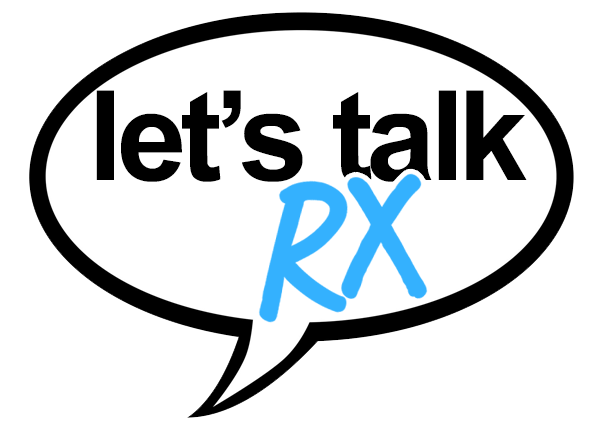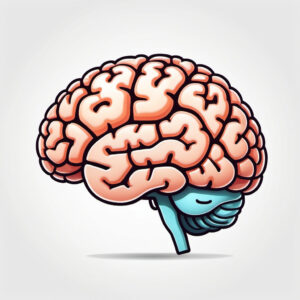Let’s dive into what exactly a stroke is. Picture this: your brain is like a bustling city, with blood vessels acting as highways delivering oxygen and nutrients. A stroke happens when one of those highways gets blocked or bursts. Suddenly, part of the city is left without its vital supplies, and things start shutting down. That’s a stroke in a nutshell.
There are two main types of strokes: ischemic and hemorrhagic. An ischemic stroke is like a traffic jam, where a clot or other obstruction blocks blood flow. It’s the most common type, responsible for about 87% of all strokes. Then there’s the hemorrhagic stroke, which is like a broken water main. A blood vessel bursts, causing bleeding in or around the brain. Both types are serious, but understanding them can help demystify what’s going on when someone says they’ve had a stroke.
And let’s not forget about the warning shot—the transient ischemic attack (TIA), often called a “mini-stroke.” It’s like your brain sending you a wake-up call. Blood flow gets temporarily blocked, causing stroke-like symptoms that usually go away within 24 hours. But don’t brush it off! A TIA is a serious sign that a full-blown stroke might be on the horizon.
The Signs and Symptoms: When Your Body Sounds the Alarm
When a stroke strikes, time is of the essence. Your brain isn’t one to keep quiet when something’s wrong, so it sends out distress signals. The most common symptoms can be remembered with the acronym FAST: Face drooping, Arm weakness, Speech difficulty, and Time to call emergency services.
But strokes can be tricksters, sometimes showing up with less obvious signs. Sudden confusion, trouble seeing in one or both eyes, dizziness, loss of balance, or a severe headache that feels like a thunderclap out of nowhere can all be signs of a stroke. The key is to act fast, even if you’re not 100% sure. It’s better to get checked out and be wrong than to wait and risk permanent damage.
What Happens After a Stroke?
Once the immediate danger has passed, the real work begins. Recovery from a stroke is like rebuilding a city after a natural disaster. The extent of the damage depends on the type of stroke, how quickly treatment was received, and which part of the brain was affected.
For some, recovery might mean regaining the ability to speak clearly or learning to walk again. Others might need to work on improving memory or adjusting to new ways of doing everyday tasks. It’s a process, and no two recovery journeys are the same. But one thing’s for sure: the brain is a remarkable organ, capable of rewiring itself in ways we’re still discovering.
Long-Term Effects: The New Normal
Living with the aftermath of a stroke can mean navigating a new normal. Some people may experience physical challenges, like weakness or paralysis on one side of the body. This can make everyday tasks—from brushing teeth to climbing stairs—a bit trickier, but not impossible. With the help of physical and occupational therapy, many people regain significant function over time.
Then there’s the cognitive side of things. A stroke can affect memory, problem-solving skills, and even personality. It’s not uncommon for someone to feel like they’re living in a brain that’s just a little… different. Patience and persistence, along with support from loved ones, can make a huge difference here.
Emotional effects are also part of the package. Depression, anxiety, and mood swings are common after a stroke. It’s not just about adjusting to physical and cognitive changes; there’s also the emotional toll of processing what happened and figuring out what’s next. Talking to a therapist or joining a support group can be incredibly helpful.
Prevention: The Best Medicine
Here’s some good news: strokes are often preventable. Managing risk factors like high blood pressure, diabetes, high cholesterol, and smoking can drastically reduce your chances of having a stroke. A healthy lifestyle goes a long way here. Think of it as giving your brain’s highways a regular maintenance check. Eating a balanced diet, staying active, and managing stress are all part of the equation.
If you’ve already had a stroke or a TIA, prevention becomes even more important. Your doctor might recommend medications to lower blood pressure or cholesterol, or even prescribe blood thinners to prevent clots. Think of these as your brain’s insurance policy.
Hope and Healing: Life After Stroke
A stroke can be life-changing, but it’s not the end of the road. With time, effort, and the right support, many people go on to lead fulfilling lives. The key is to focus on progress, not perfection. Celebrate the small victories—every step, every word, every milestone. They all add up.
And remember, you’re not alone. From medical professionals to support groups, there are people and resources ready to help. Whether it’s finding a therapist, learning about assistive technology, or just connecting with others who understand what you’re going through, don’t hesitate to reach out. Recovery is a team effort, and you’ve got a whole squad ready to cheer you on.
Understanding stroke is the first step in preventing and recovering from it. Knowledge is power, and by staying informed, you’re already giving your brain a big advantage. So here’s to health, hope, and a future full of possibilities!








